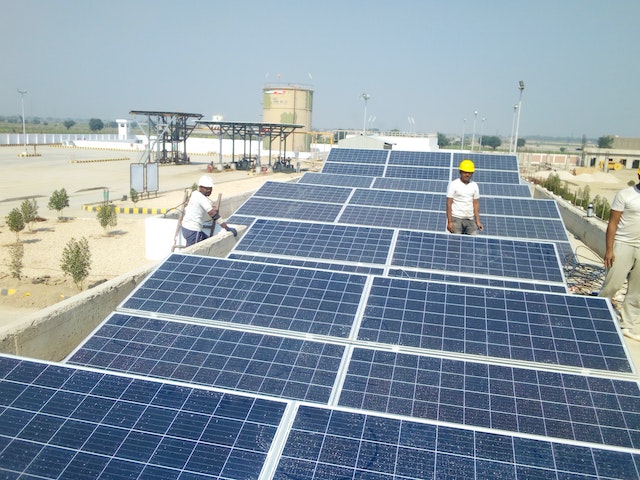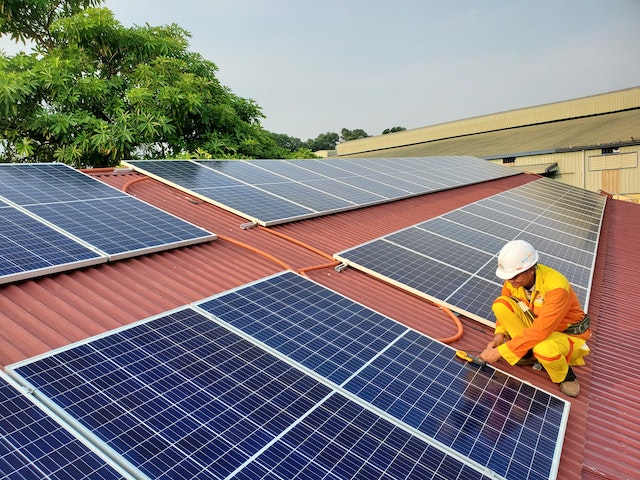Installing solar panels in Hawaii is always a great idea. Considering its year-round sunlight and high electricity bills, Hawaii is an excellent location for homes to install solar panels. Installing solar panels on the island not only helps homeowners save money on their electricity bills, but it also helps the state meet its goal of being 100% renewable energy by 2045. So, what’s the process of installing solar panels in Hawaii?
Tips For Installing Solar Panels In Hawaii
The following are relevant tips for installing solar panels in Hawaii:

Conduct a Solar Assessment
The first step in installing solar panels on the island is to complete a solar evaluation. A solar assessment will establish the size of the solar system required to fulfill your energy needs. It also indicates the best position for the solar panels, and the possible savings you could receive by installing solar panels. Most solar firms in Hawaii provide a free solar assessment. How to find and hire the best solar company in Hawaii.
Choose a Solar Company
After you’ve done a solar evaluation and determined what you require, it’s time to select a solar firm to install your panels. There are many solar firms in Hawaii to choose from, so do your research and select a company that is licensed, insured, and has a solid reputation. This is key to installing solar panels in Hawaii.
Obtain Permits and Approvals
You will need permits and approvals from your local government and utility provider before installing solar panels in Hawaii. This is known as inter-connectivity in Hawaii. The utility company will assess your application and inspect your solar system to ensure it meets safety and technical criteria. How efficient are solar panels in Hawaii?
Installing Solar Panels In Hawaii
It’s time to install your solar panels once you have all of the appropriate permissions and approvals. Depending on the size of your solar system, installation can take one or two days. The solar solar installer you hire will install the panels on your roof or on a ground-mounted system and link them to an inverter, which turns solar energy into usable electricity.
Inspection and Turn On
After the installation is completed, the solar business will do a final check to ensure that the system is operating effectively and safely. After the inspection, the utility provider will issue final approval to turn on the solar system. This process normally takes a few weeks, but once completed, you may begin reaping the benefits of solar electricity.
Maintain and Monitor Your System
Following the installation of your solar system, it is critical to maintain and monitor it to ensure that it continues to perform effectively and efficiently. Most solar businesses include monitoring services, allowing you to track your energy production and use in real time. To achieve optimal energy output, keep your solar panels clean and free of debris.
Nevertheless, installing solar panels on the island is a quick and straightforward operation. You can enjoy the many benefits of solar power, including lower energy bills, reduced carbon emissions, and increased energy independence, by conducting a solar assessment, selecting a reputable solar company, obtaining the necessary permits and approvals, installing your solar panels, and maintaining your system.

